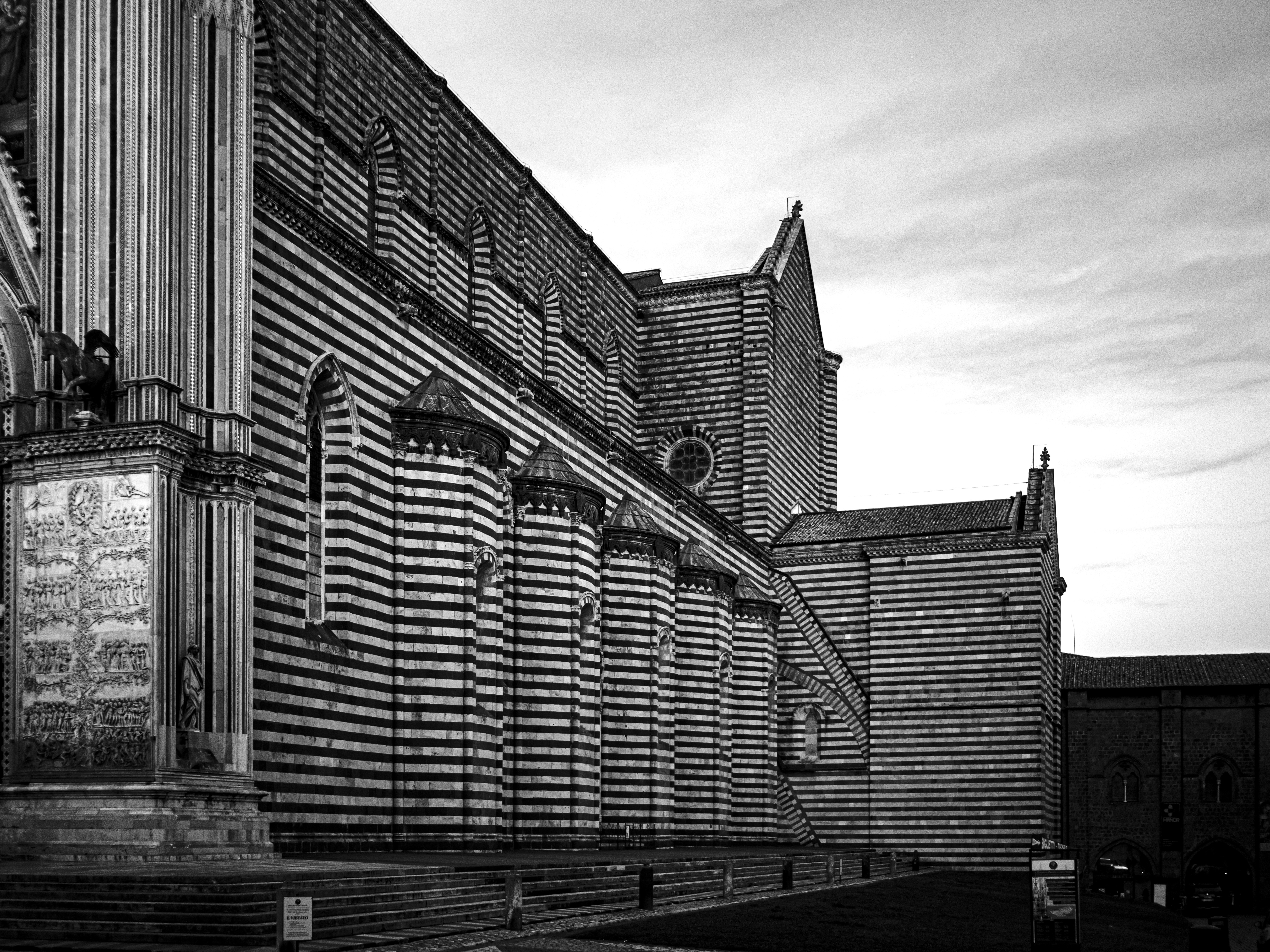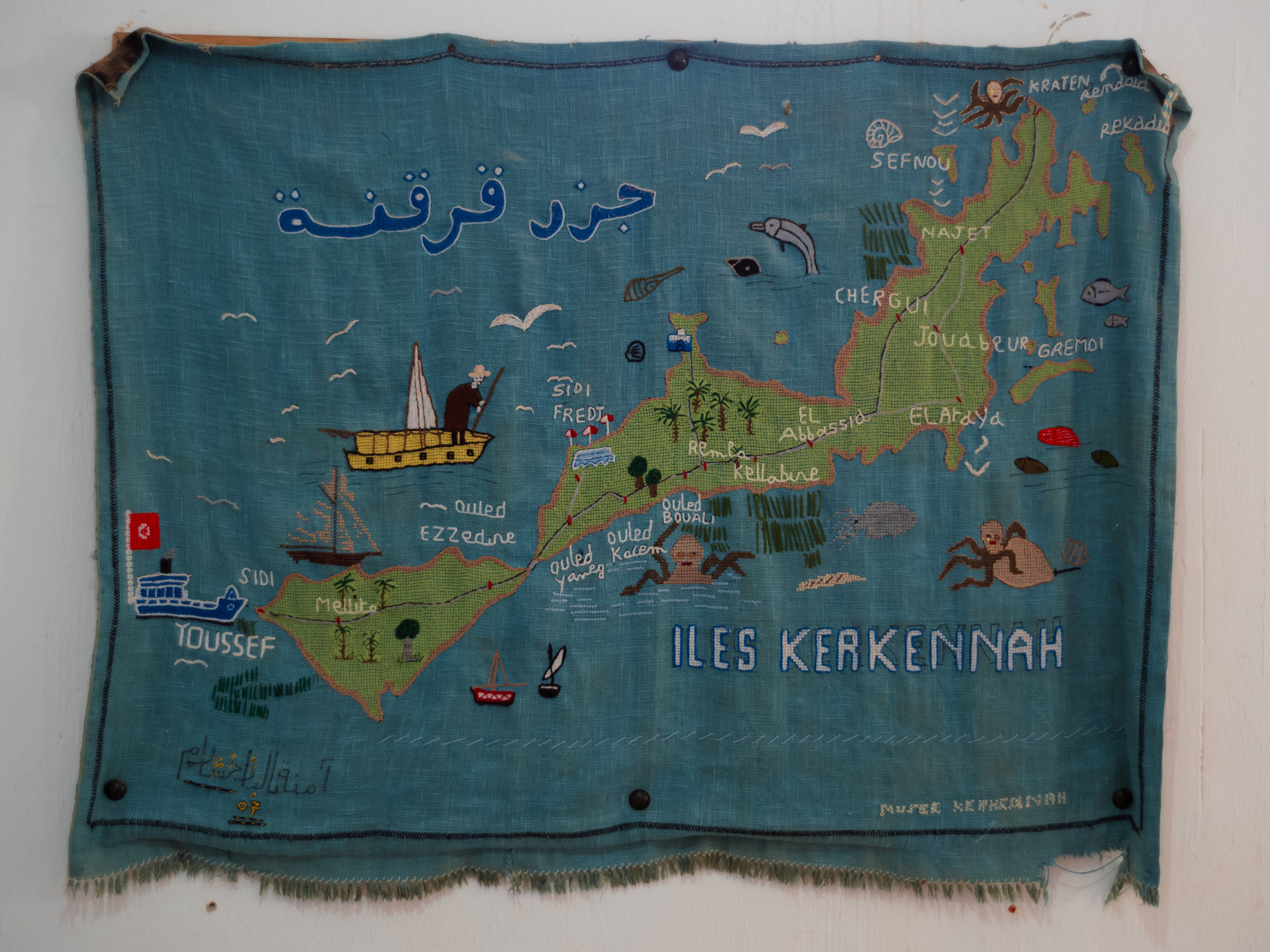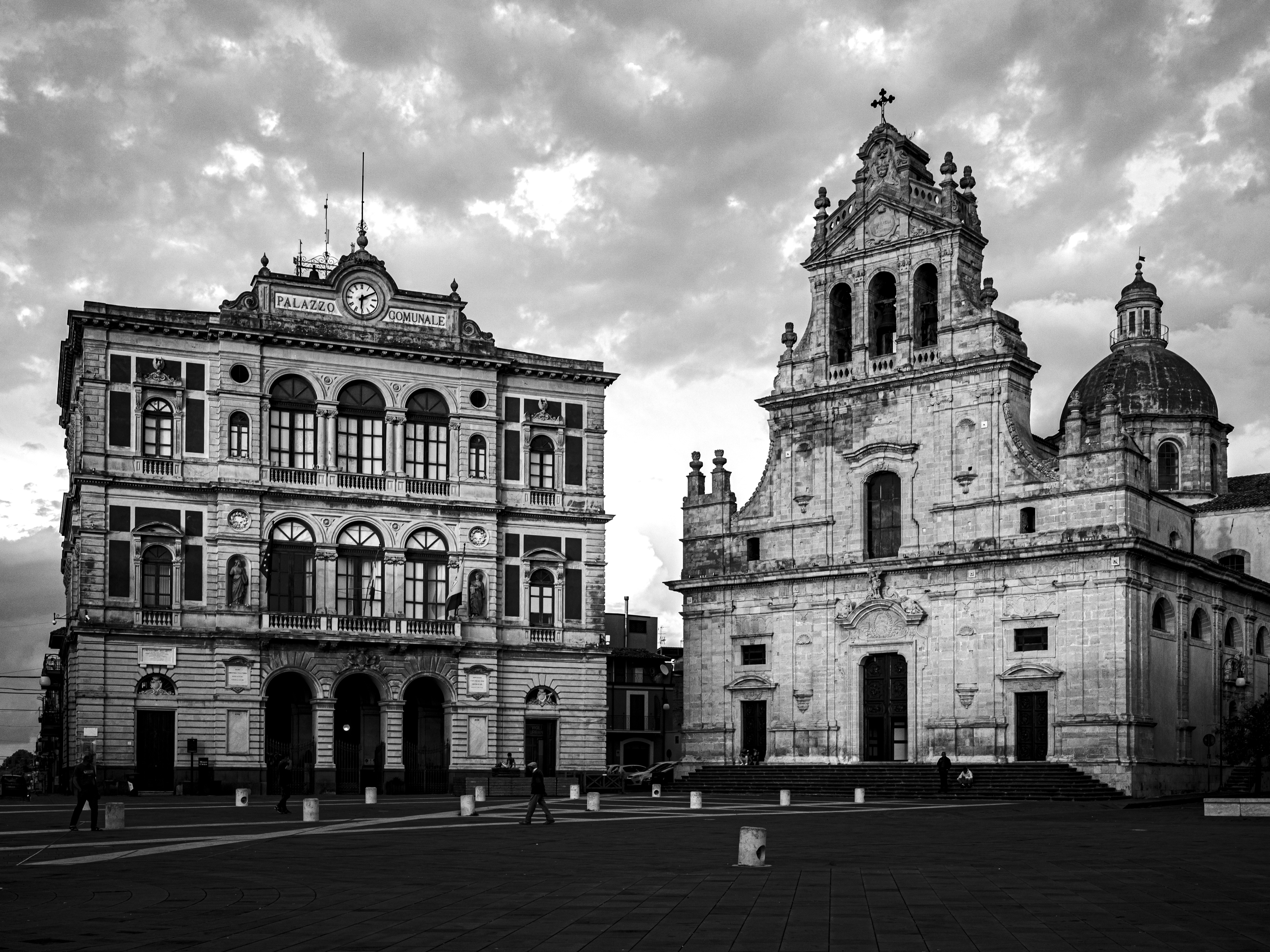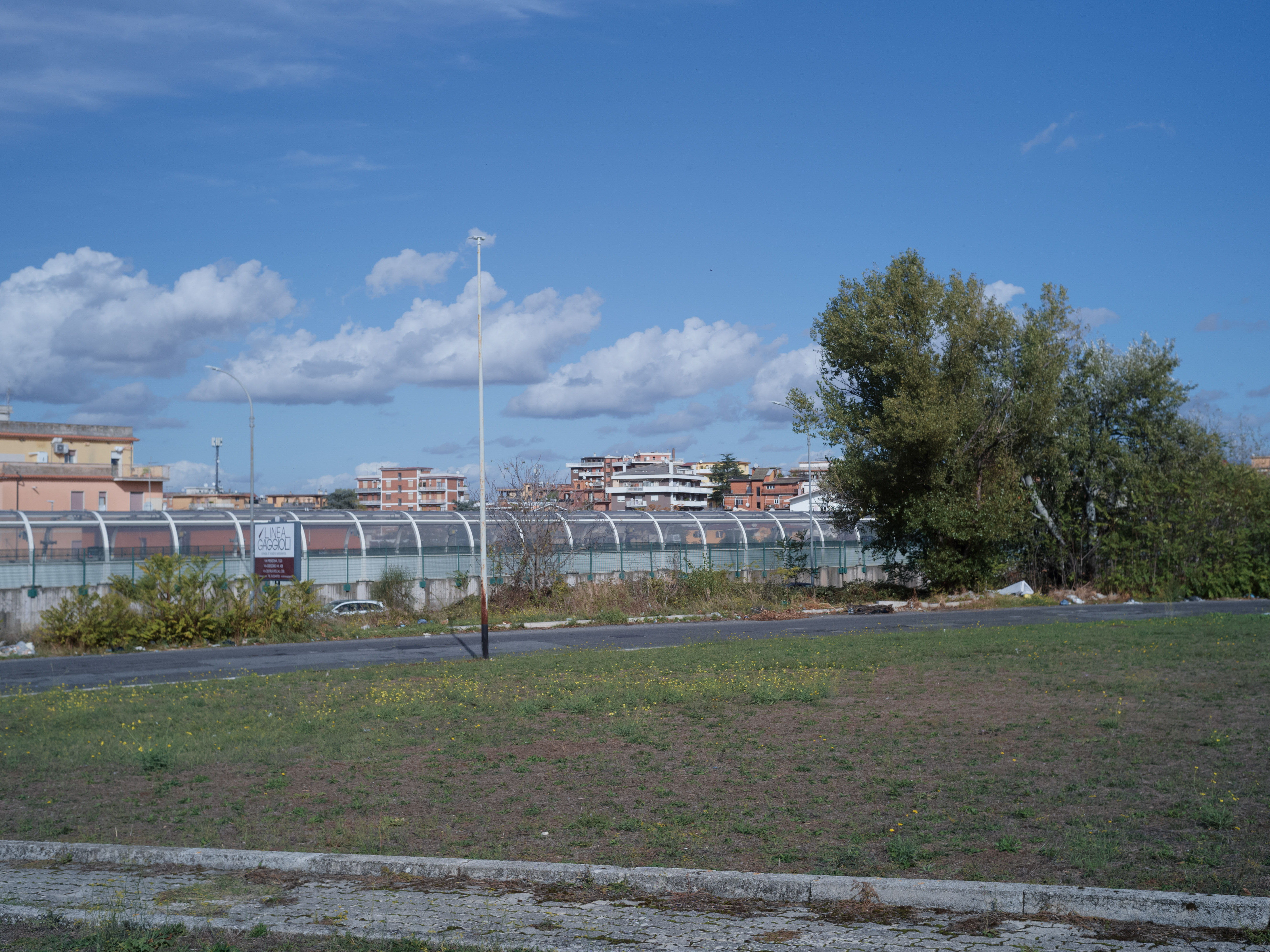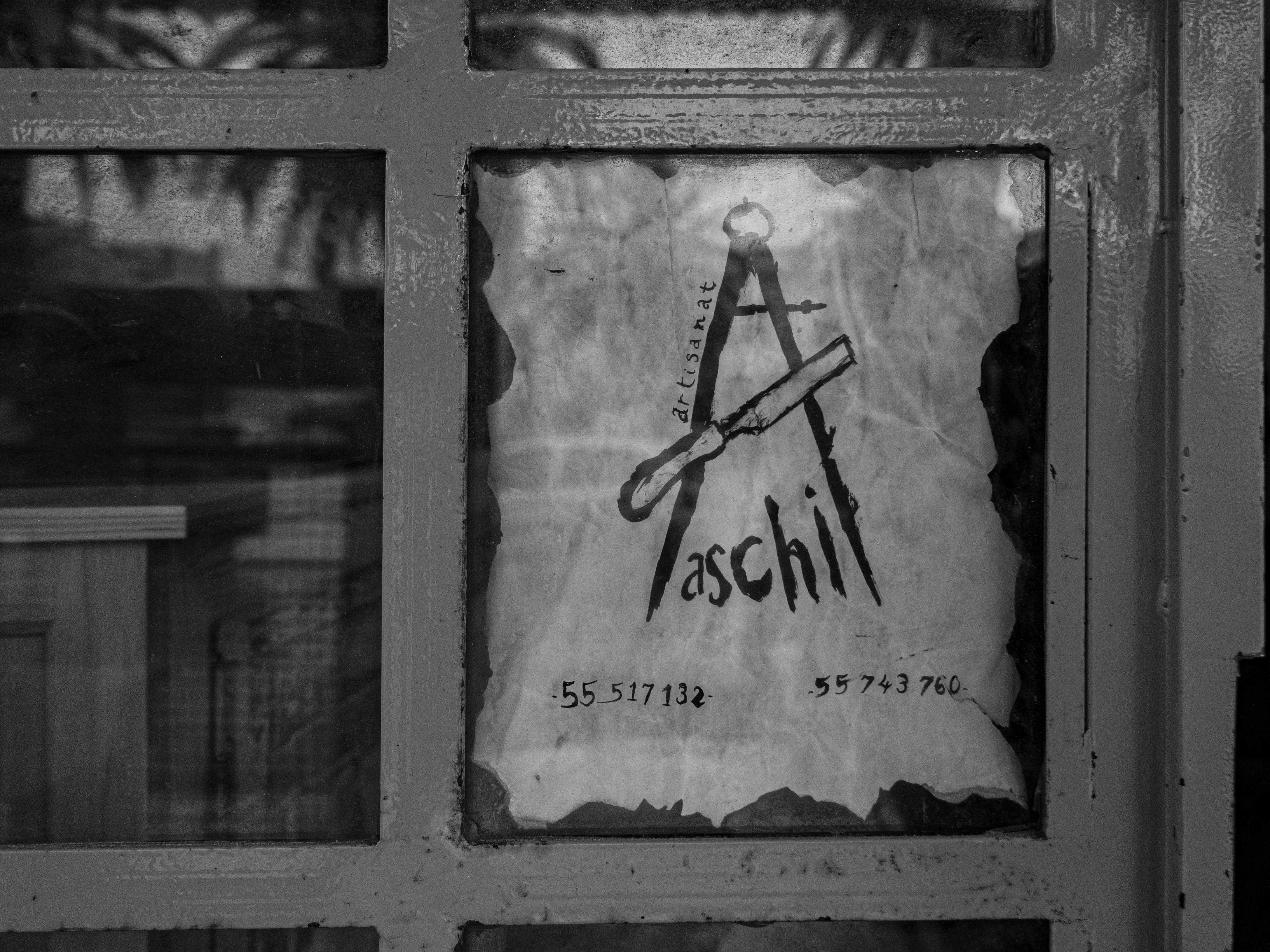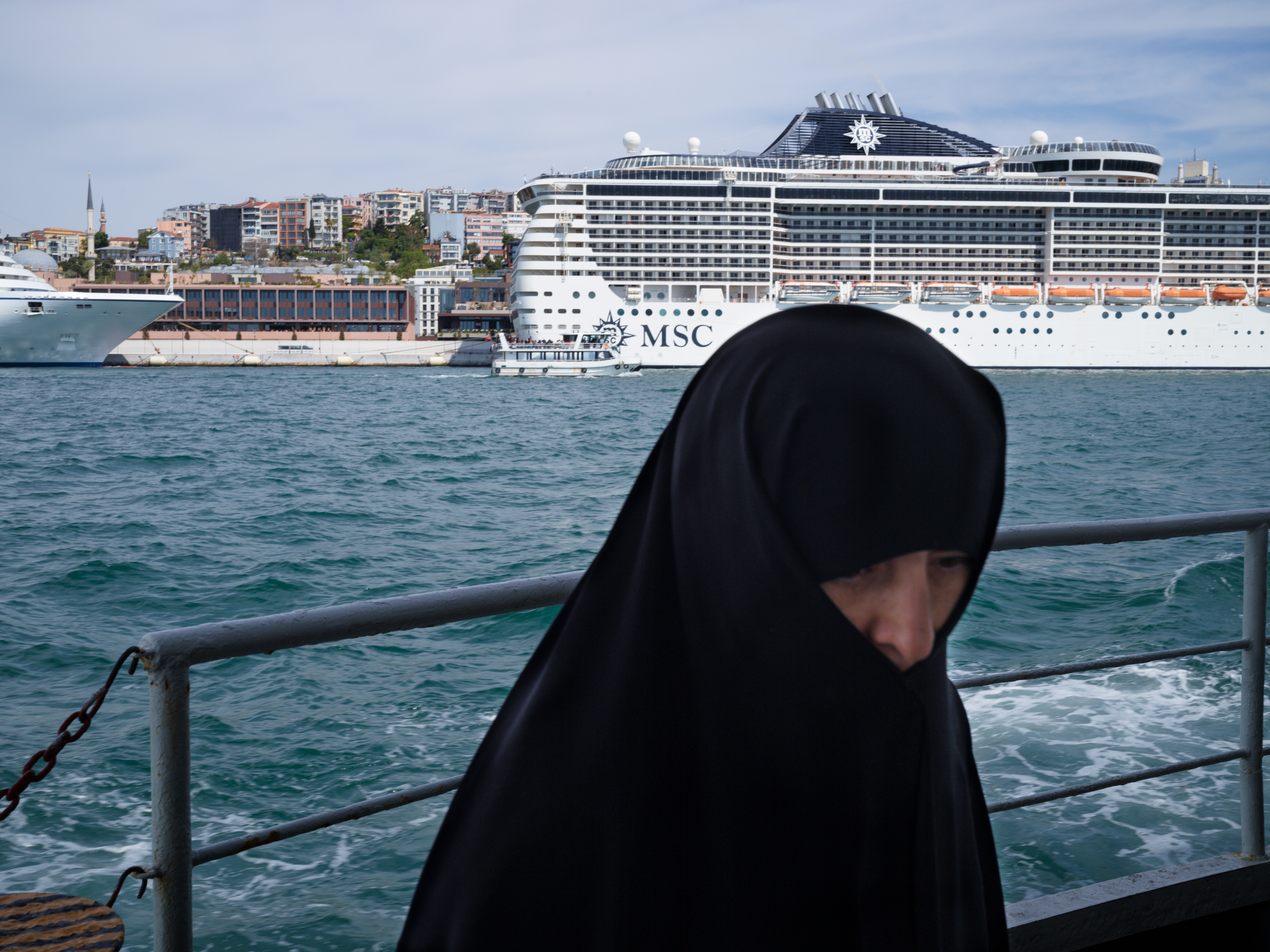Il primo insediamento fortificato risale all'XI secolo; tracce di esso si trovano nei sotterranei del palazzo signorile, a sud, e della annessa cappella.
La seconda fase di costruzione è datata 1139-1140, epoca alla quale risale il mastio. Si tratta di una torre quadrata, le cui mura hanno, alla base, uno spessore di oltre 5 metri. Della costruzione originaria rimangono solo i primi tre piani. Non è chiaro se la costruzione sia stata interrotta per l'edificazione del vicino refettorio (la Mushaus, iniziata nel 1172 e più volte rimaneggiata fino al XX secolo), o se essa sia stata danneggiata nell'incendio del 1302; di certo nel 1532 un documento ne parla come di un rudere e così essa risulta anche nella più antica raffigurazione (1620). È stata completata tra il 1902 e il 1904, con pietre recuperate da un vicino maso medievale, distrutto da un incendio nel 1900.
La terza grande fase di costruzione avviene sotto il conte Mainardo II, attorno alla metà del XIII secolo. Mainardo fece costruire, sul versante est, un altro palazzo, del quale oggi non c'è più traccia: è stato "inghiottito" dalla sottostante forra dei castagni (ted.: Köstengraben), le cui acque hanno eroso la roccia fino al crollo dell'edificio. L'attuale edificio e il camminamento risalgono al XIX secolo. Allo stesso periodo si fa risalire la sopraelevazione della cappella: la parte inferiore è consacrata a San Pancrazio, quella superiore, riservata alla nobiltà, a santa Elisabetta d'Ungheria.
Vi soggiornò per anni la contessa Margherita, ultima della sua dinastia. Il castello rimase la residenza principale della contea fino al 1420, quando Federico IV d'Asburgo trasferì la propria sede ad Innsbruck.
----------------------------------------------------
The first fortified settlement dates back to the eleventh century; traces of it are found in the basement of the stately palace, to the south, and the adjoining chapel.
The second phase of construction is dated 1139-1140, an era to which the mastium dates back. It is a square tower, whose walls have, at the base, a thickness of over 5 metres. Of the original construction only the first three floors remain. It is not clear whether the construction was interrupted for the construction of the neighbouring refectory (the Mushaus, begun in 1172 and repeatedly reworked until the twentieth century), or if it was damaged in the fire of 1302; certainly in 1532 a document speaks of it as a ruin and so it also results in the oldest depiction (1620). It was completed between 1902 and 1904, with stones recovered from a nearby mediaeval farmhouse, destroyed by fire in 1900.
The third major phase of construction takes place under Count Mainardo II, around the middle of the thirteenth century. Mainardo had another palace built on the east side, of which there is no trace today: it was "stained" by the underlying quail of the chestnuts (ted: Köstengraben), whose waters eroded the rock until the collapse of the building. The current building and walkway date back to the 19th century. At the same time, the elevation of the chapel is traced back: the lower part is consecrated to St. Pancrazio, the upper part, reserved for the nobility, to St. Elizabeth of Hungary.
Countess Margherita, the last of his dynasty, stayed there for years. The castle remained the main residence of the county until 1420, when Frederick IV of Habsburg moved his headquarters to Innsbruck.
